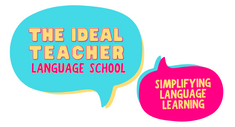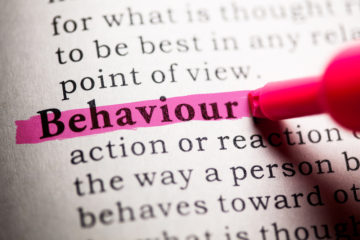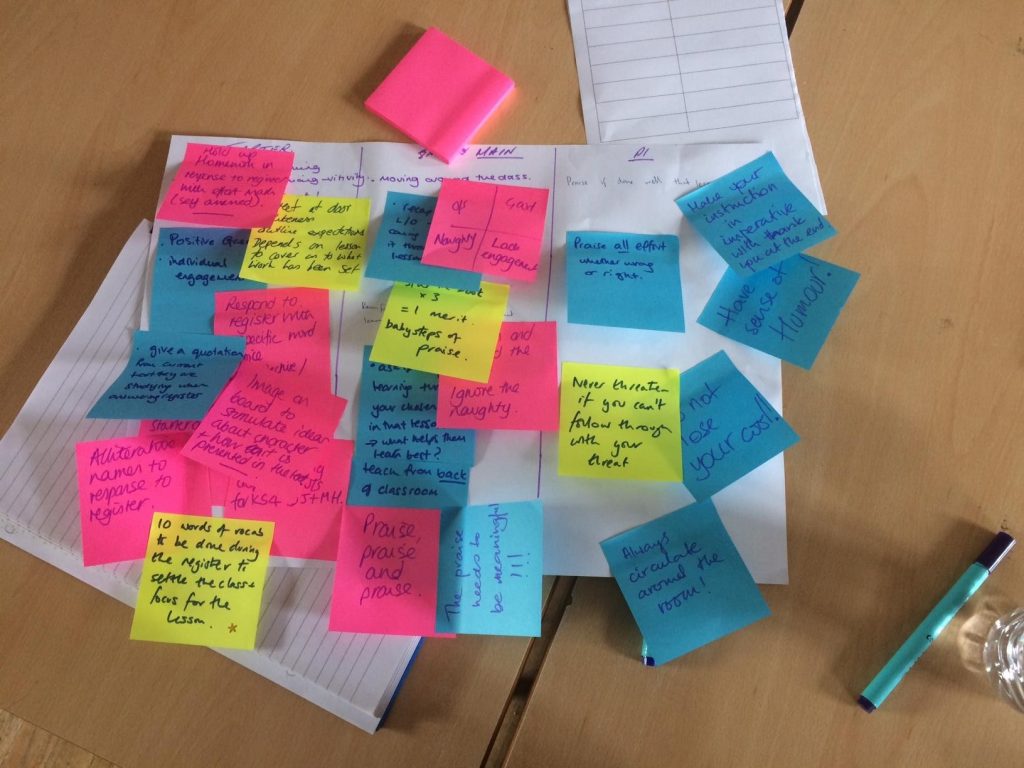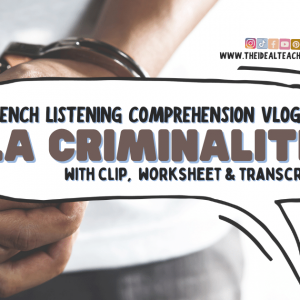 Behaviour Management – Issues
Behaviour Management – Issues
When I was doing my QTS training, one of the worries I often had was about classroom behaviour management strategies. I had loads of questions: ‘what if the students don’t listen?’ and ‘what if I can’t keep control of the classroom?’ This made me anxious every time I went into a lesson with a trickier class.
Behaviour Management – Is There Really A Magic Answer?
Even after reading all the literature I could find on behaviour management strategies by Bill Rogers, for example, and doing external behaviour management courses lead by training providers as part of my CPD, I couldn’t really find a magic answer to my questions, which was rather frustrating. I therefore observed teachers who I was told possessed excellent ways of managing behaviour, I watched carefully and intently made notes as the lesson progressed. However, I couldn’t identify anything specific that they were doing which kept the classroom quiet for the whole lesson. Inevita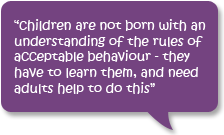 bly, more frustration ensued! I wasn’t ready to give up though, so I spoke to these teachers to ask for their secrets to managing behaviour and the main suggestions that came out were: ‘experience’, ‘clear rules’ and ‘consistency’. I couldn’t really identify these strategies in the lesson observations, as they are tactics which would take time to develop. So, whilst I build up my experience of behaviour management, clear rules and consistency are what I have tried to model.
bly, more frustration ensued! I wasn’t ready to give up though, so I spoke to these teachers to ask for their secrets to managing behaviour and the main suggestions that came out were: ‘experience’, ‘clear rules’ and ‘consistency’. I couldn’t really identify these strategies in the lesson observations, as they are tactics which would take time to develop. So, whilst I build up my experience of behaviour management, clear rules and consistency are what I have tried to model.
Fast forward a couple of years and I still look at some of my established colleagues as I walk past their classrooms with their open doors (!) and wonder how on earth all of their classrooms are so quiet and their students are listening with deep levels of concentration. With some of my classes, I often despair and ask myself how much secondary teaching experience do I need to get all of my classes working so intently!
 Behaviour Management Training
Behaviour Management Training
At a recent INSET day, we were offered some training on stretching the most able or behaviour management strategies. I opted for the behaviour management option and was extremely surprised to see some of the more established teachers in the session. Whilst quite a lot of the behaviour management ideas we discussed were a recap of those that I already knew, I have added my key takeways (in no particular order) below in the hope that they help both new teachers, as well as those more established colleagues. Please keep in mind that I am 100% not claiming to be a behaviour management expert, but hopefully the ideas will help:
15 Behaviour Management Strategies for The Secondary Classroom
- The 3 Rs: Rigorous, Relentless Routines
This could include lining up silently outside of the classroom, standing behind chairs upon entry, waiting for silence at the end of the lesson before the students leave…D - Defined learning objectives which are shared with the students
If the students know what they will be doing during a lesson, it will give them the chance to see where they are going - Activities which are challenging and interesting
Sometimes students act up because the work they are given is too easy - Good pace
This links to point 7 - Clear explanations and examples
Students need to understand what you are trying to teach them do provide explanations which are clear and give examples that they can look back at - Use of short, sharp activities during the lesson
Especially useful with students who struggle with concentration - Use a subject related ‘soft toy’
To pass around the classroom to keep students engaged with questioning. I have found that this activity gets all students engaged and they love it! - Use of a starter
Have something on the board or their desks to begin as soon as they come in the classroom to show them your expectations of working from the outset - Use regular but meaningful praise
When talking to students, they often don’t realise how good they are at a subject and giving meaningful praise for good effort or work makes a massive difference to behaviour - Incentives
Prizes and rewards for good behaviour - Vary the types of writing students do
Not always in an exercise book i.e. with post it notes or mini whiteboards to mix up the mundane task of writing! - Listen to what students have to say
When students feel you are approachable and are interested in them, they will be more likely to ask if they don’t understand something, which will help with managing behaviour - Build individual relationships
With each student to show you are interested in them – ask them what they are interested in and engage or adapt your lessons to fit in with this, students do appreciate this and I feel it is key to behaviour management. - Start each lesson with a clean slate
Not every lesson is going to go amazingly well, so if things go wrong, don’t let the situation sour the next lesson. Have a quick word with the student individually and say something like: ‘looking forward to a great lesson today!’ - Set and maintain high expectations
Consistent referral and implementation of high expectations in the classroom really are key to developing good behaviour management.This behaviour management strategies list obviously isn’t exhaustive, but it hopefully goes some way to offering some tips on managing behaviour in the secondary classroom. I still really recommend what the established teachers said to me: experience, consistency and clear rules. There will always be days when behaviour management is a problem and the behaviour strategies don’t work. Be ready to accept that. As Jeffery et al (2013) suggest, ‘bad behaviour must never be ignored, but it does not always need to be confronted in an aggressive manner. Teaching is about forming relationships with pupils’ – this takes time and experience so persevere, you will get there!
Hopefully you can add some more ideas in the comments section but you might also be interested in: 5 More Excellent Behaviour Management Ideas by Top Notch Teaching.
Join TheIdealTeacher.com’s exclusive mailing list below to keep up-to-date with all of my latest content, including fab teaching ideas and activities!
References:
Jeffery D. and Newell S.,Behaviour Management in the Classroom: A Transactional Analysis Approach (2013), Routledge
JOIN ME ON MY SOCIALS FOR MORE FAB TEACHING CONTENT >>